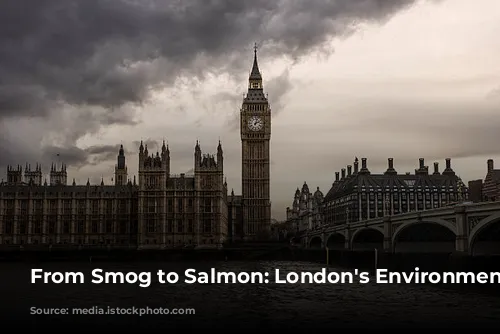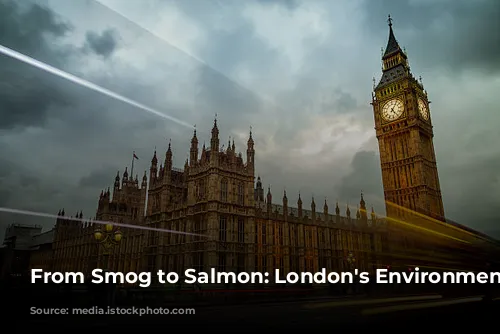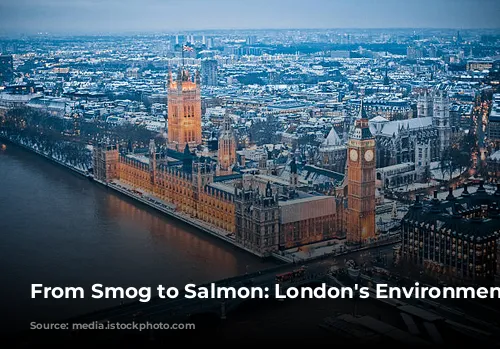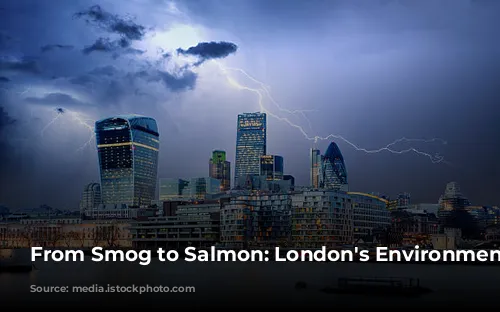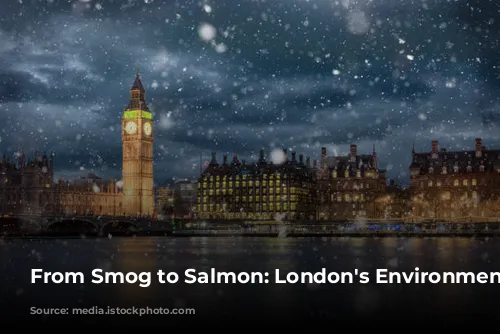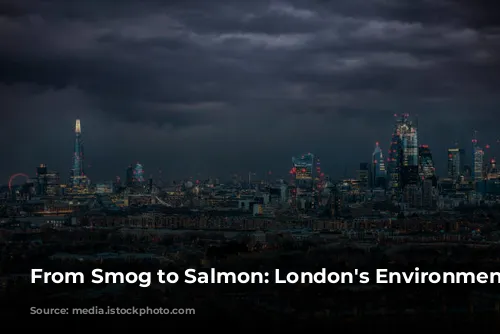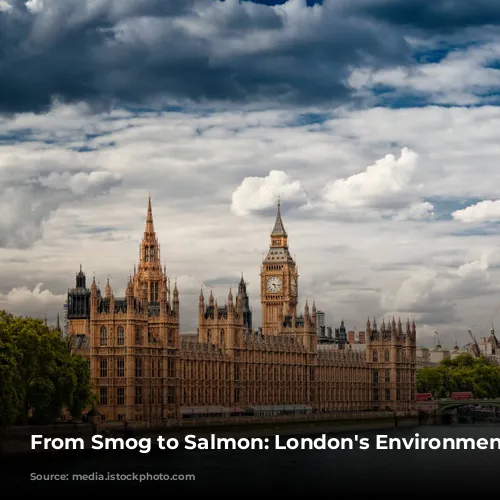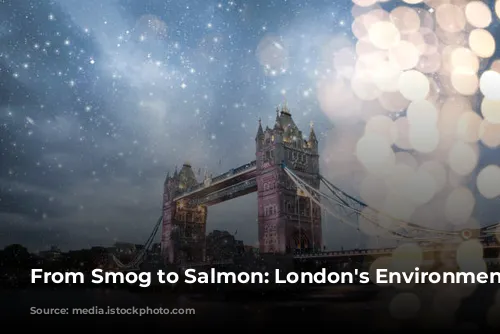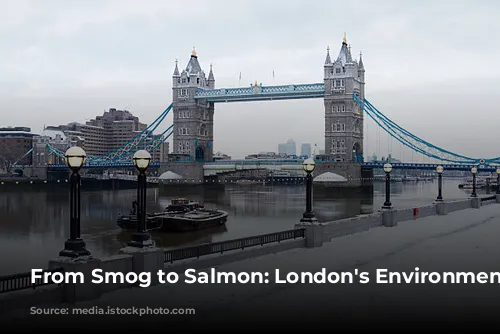London’s transformation from a smoggy city to a thriving metropolis showcases the power of environmental policies and the resilience of nature. The city’s air quality, once synonymous with “pea-soupers” – a thick blend of fog and smoke – has significantly improved.
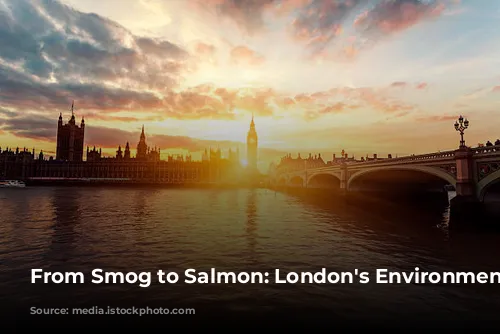
A Century of Change
The iconic smog that hung over London in the early 20th century was a direct result of coal burning. The city’s industrial heart, particularly the East End, suffered the most. This area, densely packed with factories and homes, struggled to disperse the pollutants due to its low-lying terrain. The impact was severe, with winters seeing a 30% reduction in sunshine hours in the smokier districts.
However, London’s story is one of progress and adaptation. The passage of the Clean Air Acts in 1956 and 1968, alongside the demolition of older buildings and the decline of manufacturing, brought about a dramatic shift. While coal burning was banned, new challenges emerged as carbon monoxide, nitrogen dioxide, ozone, and other pollutants continued to impact the air quality. These pollutants, often trapped by London’s unique geography, contributed to eye irritation, asthma, and other respiratory problems.
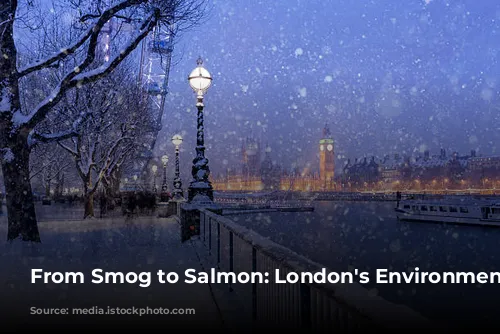
From Sewage to Salmon: The Thames’ Revival
The story of London’s air pollution is mirrored by the transformation of the River Thames. In the past, the Thames was as polluted as the air, choked by sewage and industrial waste. The river’s once teeming ecosystem suffered, with fish populations decimated and the water rendered lifeless.
But like the air, the Thames underwent a remarkable revival. Stricter environmental regulations and the closure of polluting factories paved the way for a healthier river. Salmon, sea trout, and a variety of other species returned to the Thames, demonstrating the river’s remarkable ability to recover. This comeback even led to the revival of a traditional London delicacy – eel fishing.
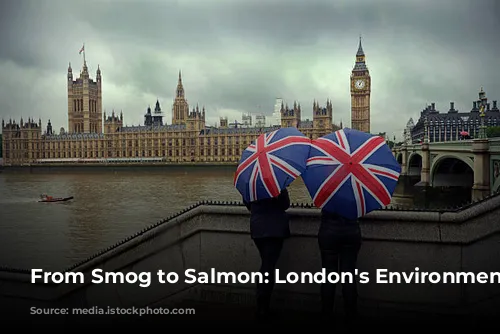
Guarding Against the Tide: The Thames Barrier
Despite these environmental successes, London faces another challenge: flooding. The Thames, influenced by rising sea levels and land subsidence, is increasingly vulnerable to flooding. The record floods of 1791 and 1953 serve as stark reminders of the potential devastation.
To combat this risk, London built the Thames Barrier, a remarkable feat of engineering. This innovative structure, located downstream of London Bridge, consists of 10 massive steel gates that can be raised in under 30 minutes to block the tide.
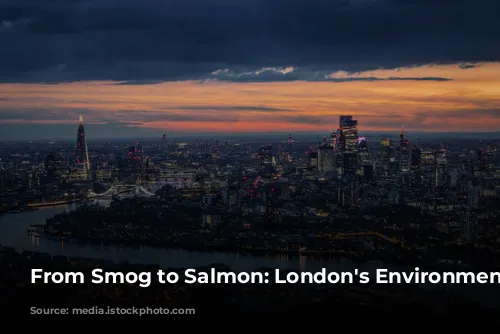
A Future of Resilience
London’s environmental journey is a testament to the city’s ability to adapt and overcome challenges. From the smoggy haze of the past to the clean air and thriving ecosystem of today, London has shown that even the most challenging environmental issues can be tackled with determination and innovative solutions. The Thames Barrier stands as a symbol of this commitment, ensuring the city’s resilience against the rising tide and safeguarding its future.
